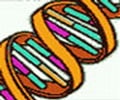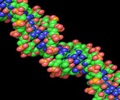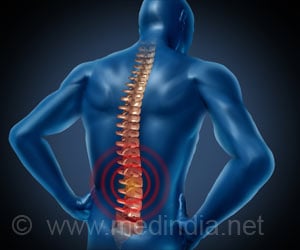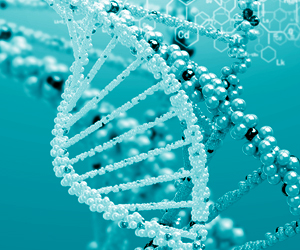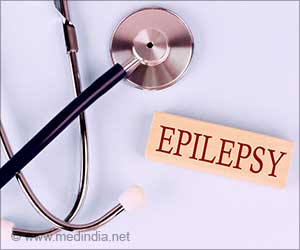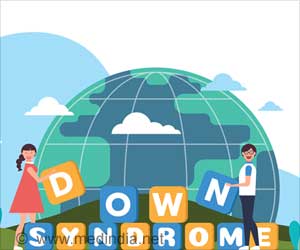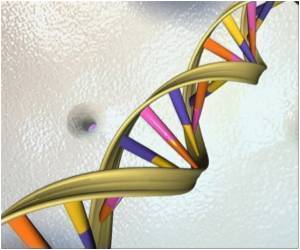
More specifically, the study shows that expansions of a run of the amino acid glutamine in ataxin 2 are associated with an increased risk for ALS, with a frequency of 4.7 percent of ALS cases examined.
There is no cure for ALS and the current treatment only slows disease progression.
The identification of pathological interactions between ataxin 2 and TDP-43, another ALS-associated disease protein, together with the strong genetic association of ataxin 2 intermediate-length polyQ expansions and ALS, should aid in the development of biomarkers and empower the development of new therapies for this disease.
The findings were published this week in Nature.
Source-ANI

